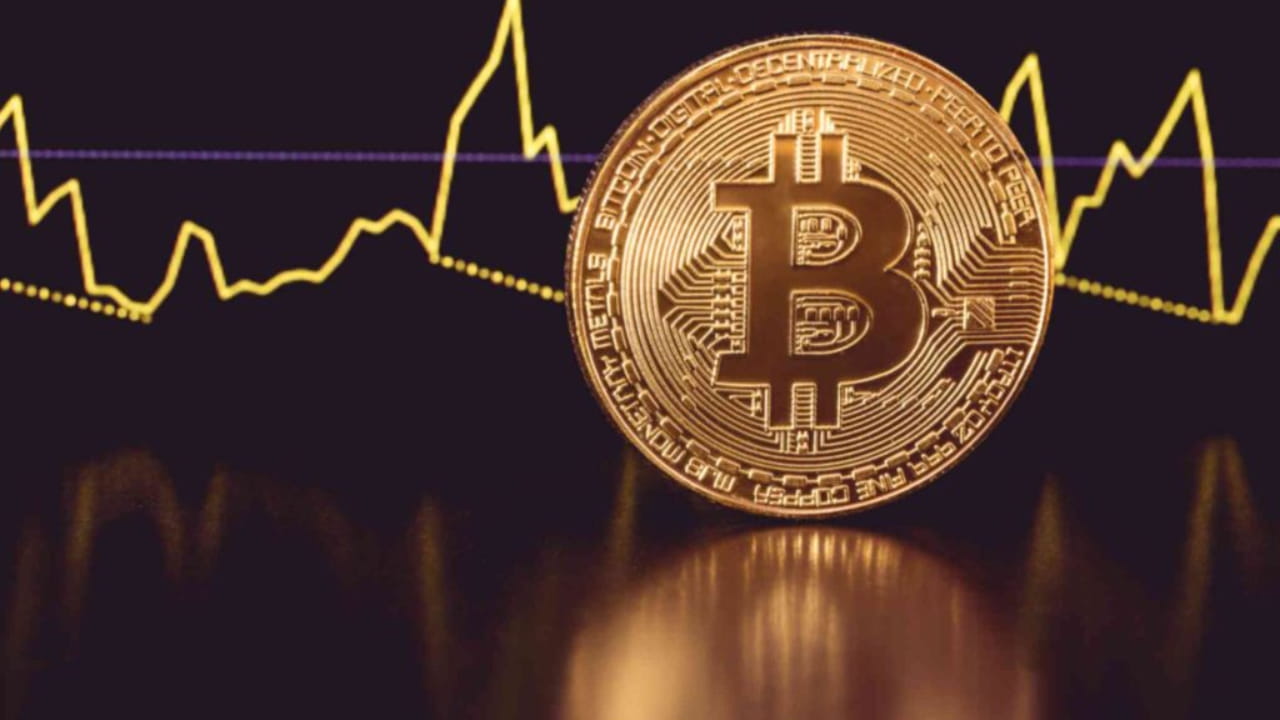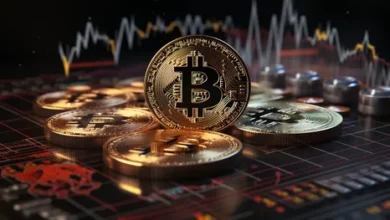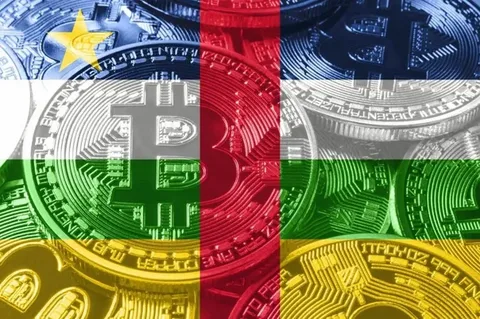
Factors Influencing Bitcoin’s Price and Future Prediction
One of the most often discussed assets in the financial sphere nowadays is Bitcoin. Being the first developer of cryptocurrencies, it has seen intense price swings that have generated discussions about its volatility and future. The complex and multifarious elements influencing Bitcoin’s price are the interactions of several market forces that form its worth. These cover conventional financial market dynamics, macroeconomic data, and the unique qualities of the bitcoin realm. The main market elements influencing the price of Bitcoin will be discussed in this paper, together with a prediction of its future.
Bitcoin’s Price: Supply, Demand, and Scarcity
The fundamental economic ideas of supply and demand shape Bitcoin’s Price Surge, among other things. Operating on a limited quantity, Bitcoin only has 21 million coins for mining. Its programming incorporates this scarcity; no more than this number can ever be generated. The demand rises as more individuals learn about Bitcoin and pursue acquisition, driving the price upward.
The finite supply of Bitcoin contrasts with fiat money, which governments can produce or manufacture at will. This feature has attracted investors seeking a value free from inflationary pressures to Bitcoin. Still, the demand side of the matter is also essential. Bitcoin’s demand rises as it becomes more accepted among institutional investors and on financial markets, therefore driving its price.
Investor Sentiment and Bitcoin Price Volatility
Investor attitude has a vital influence on Bitcoin’s price. Because of their speculative character, bitcoin markets allow for significant swings in price in response to investor expectations, news, and rumors. Positive news—institutional adoption, more transparent regulations, or technology developments—often fuels an optimistic attitude that raises prices. Negative news, on the other hand, such as government crackdowns, security breaches, or scalability issues, might cause abrupt price drops.

Furthermore, speculative-minded traders are drawn in by Bitcoin’s volatility. These traders can generate quick fluctuations driven by short-term price swings, particularly in significant Bitcoin purchases or sales. A tiny handful of holders, also known as “whales,” might manipulate the market to aggravate these swings and increase market volatility.
Regulation’s Impact on Bitcoin’s Price
Among the most critical outside elements affecting Trump’s Bitcoin Speech is regulation. Governments worldwide have differing views on Bitcoin and other cryptocurrencies. While some nations, like El Salvador, have adopted Bitcoin as official currency, others have banned or tightly restricted its use. Any legislative decision can immediately affect the value of Bitcoin, particularly if a significant market like China or the United States decides differently.
For instance, Bitcoin’s price fell sharply after China banned trading and mining of cryptocurrencies in 2021. On the other hand, the cost of Bitcoin experienced a notable comeback when American financial institutions and regulatory agencies, such as the SEC, provided more explicit rules for trading and investment. Investors pay great attention to the continuous evolution of regulations since it either supports Bitcoin as a genuine asset or exposes it to more limitations.
Institutional Impact on Bitcoin
Institutional adoption has now become a significant determinant of Bitcoin’s price. Leading businesses and financial institutions, including Tesla, MicroStrategy, and Square, along with others, have made news about integrating Bitcoin into their balance sheets. Institutional investors increasingly see Bitcoin as a store of wealth akin to gold and a hedge against inflation. The demand for Bitcoin rises when big companies join the market, possibly stabilizing its price over the long run, even if short-term swings are still somewhat firm.
Furthermore, conventional financial institutions are starting to provide consumers and investors with products linked to Bitcoin. However, through investment vehicles like Bitcoin exchange-traded funds (ETFs), people can expose themselves to Bitcoin without owning it. More conventional financial institutions adopting Bitcoin will help establish the asset’s legitimacy and draw a larger spectrum of investors.
Bitcoin’s Value: Tech and Environment
Determining Bitcoin’s value also depends critically on its underlying technology. Technological developments that affect the scalability, security, and transaction speeds of the Bitcoin network might help determine its price. The Lightning Network is one example; it seeks to increase Bitcoin’s scalability by allowing quicker and less expensive transactions.
Increased interest in Bitcoin and other cryptocurrencies results from technological innovations in blockchain, such as smart contracts and distributed finance (DeFi). As Bitcoin’s ecosystem develops, infrastructure enhancements in the network could make the asset more appealing for general usage scenarios, driving its price. However, issues over Bitcoin’s energy use, mainly in connection with mining, have also affected its reputation. Constant improvement of more environmentally friendly mining methods might help to solve some of these issues and improve their long-term survival.
Bitcoin’s Price and Economic Factors
More general macroeconomic patterns also influence Bitcoin’s price. Particularly in uncertain economic times, factors including inflation, interest rates, and currency devaluations can make Bitcoin a more appealing investment. With a limited supply, Bitcoin is sometimes seen as a store of value when fiat currencies face inflationary pressures.
For example, investors would try diversifying their portfolios during significant inflation, and Bitcoin might be considered a safe refuge asset. On the other hand, as conventional investment choices like bonds and savings accounts grow more enticing, the opportunity cost of owning Bitcoin rises as interest rates climb. Consequently, the price of Bitcoin is sensitive to the general state of the economy; hence, it is a cyclical asset that responds to changes in world financial markets.
In Summary
A complicated mix of supply and demand, investor mood, policy, institutional acceptance, technological innovation, and more general macroeconomic events shapes the price of bitcoin. Although its future seems bright, it is yet unknown, and much depends on how these several elements change with time. Before joining the Bitcoin market, investors should keep educated and weigh the possible risks and benefits.







